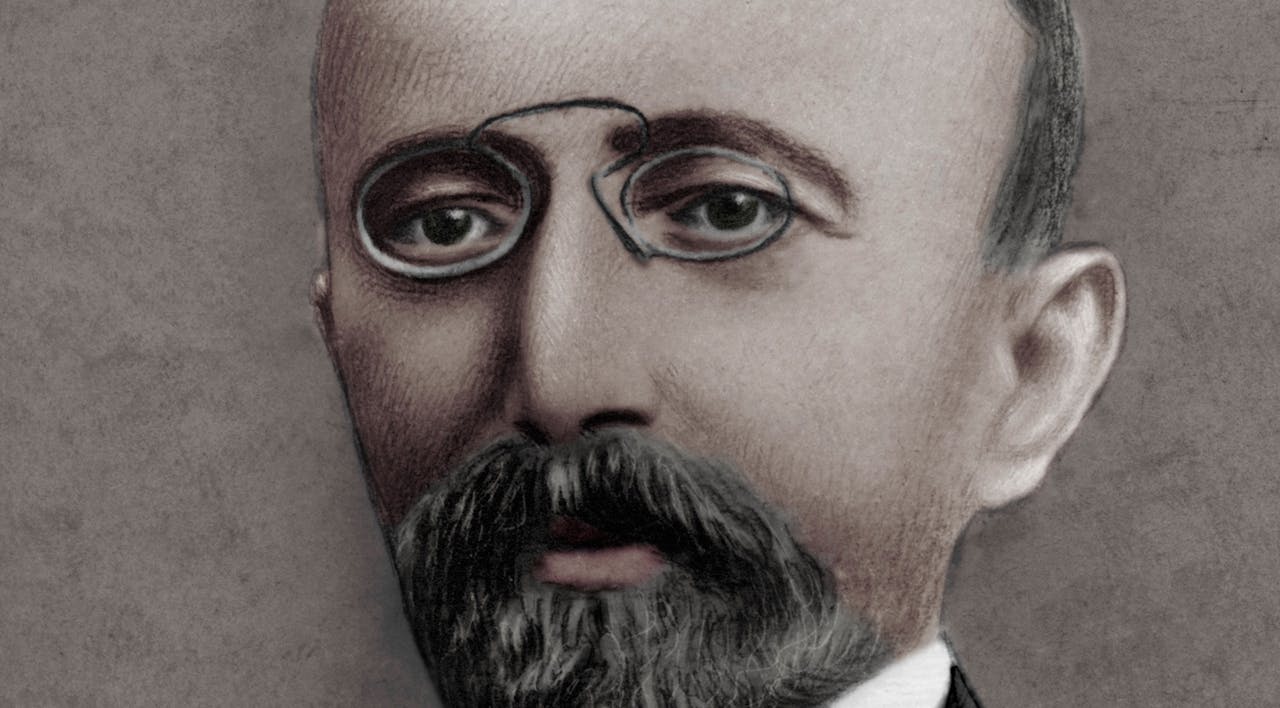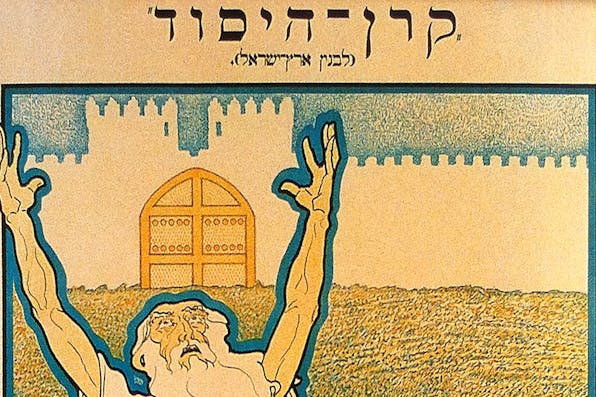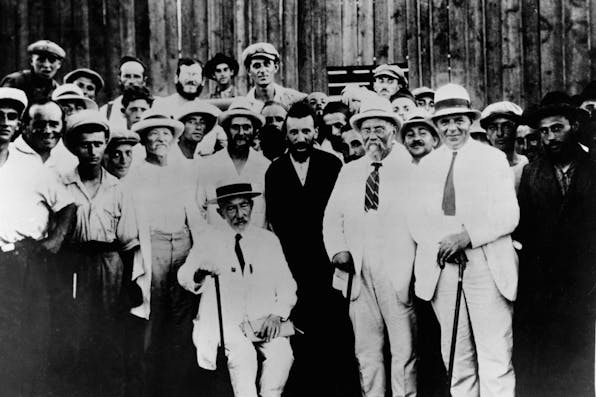
October 2016
What Ahad Ha’am Saw and Herzl Missed—and Vice Versa
The unresolved rivalry between the great Zionist thinker and the great Zionist strategist still shapes the contending outlooks of many 21st-century Jews.
This essay is the fifth in a series by Hillel Halkin on seminal Hebrew writers of the 19th and early 20th centuries. The first four dealt with the novelists Joseph Perl, Avraham Mapu, and Peretz Smolenskin and the poet Yehudah Leib Gordon.
It was to prove the most contentious Jewish book review of the century, although the century was but three years old when it appeared. Published in December 1902 in the prestigious Hebrew monthly Hashiloaḥ, Ahad Ha’am’s long, caustic attack on Theodor Herzl’s Zionist-utopian novel Altneuland touched off a furor that did not die down until the following summer, when an even fiercer controversy broke out at the Sixth Zionist Congress.
Ahad Ha’am, “One of the People”—the pen name of Hashiloaḥ’s founder and first editor Asher Ginzberg—had emerged in the 1890s as a foremost Hebrew essayist and Zionist thinker. Born in the Ukraine in 1856 and a resident of Odessa since the mid-1880s, he was at once a highly private and public figure, a naturally aloof man whose intellectual distinction and sense of Jewish mission propelled him to a prominence that he both basked in and felt uncomfortable with. Not by chance was the only formal group he ever belonged to—he was the main force behind its creation—a shadowy society, called B’nei Moshe or “the Sons of Moses,” which sought, like a secret lodge, to work behind the scenes for the cultural education of East European Jewry. Short-lived and ineffective, the group expressed his preference for being a discreet mover of events rather than an active participant in them. Just “one of the people,” whether chosen ironically or not, was clearly not what he thought he was.



